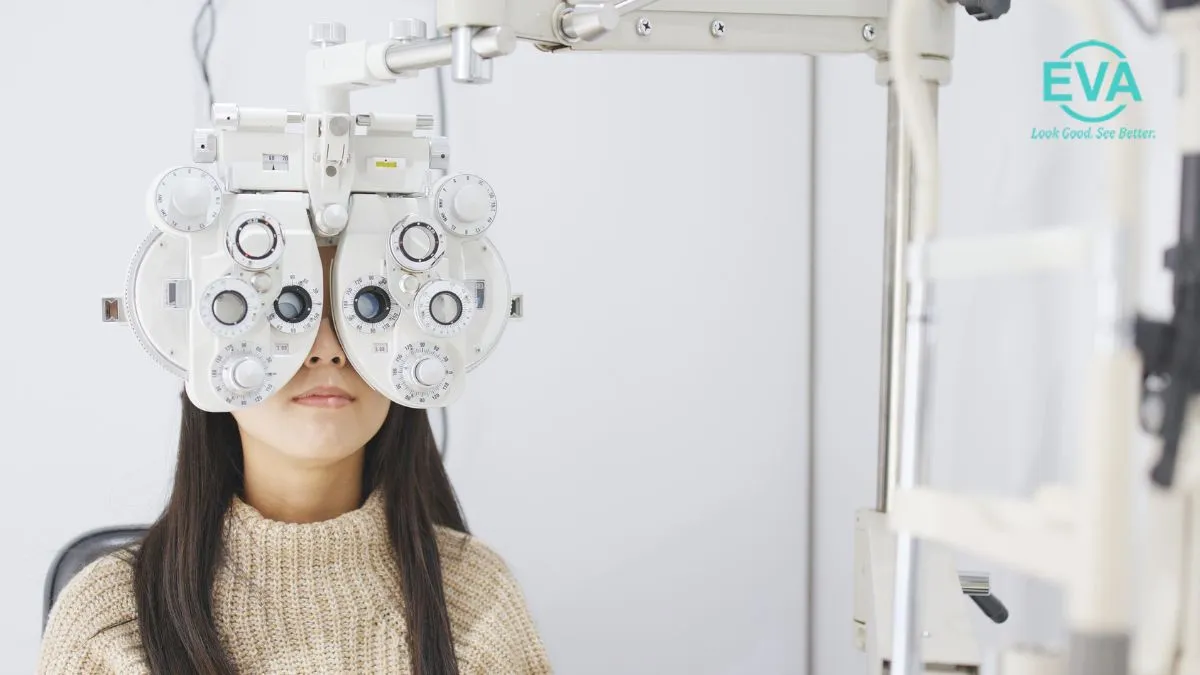Can Contoura Vision Be Detected?

Contoura Vision is a revolutionary advancement in laser eye surgery, providing patients with enhanced visual acuity and reduced dependency on corrective eyewear. This state-of-the-art procedure, also known as topography-guided LASIK, has gained significant attention, particularly in metropolitan areas like Delhi, where access to cutting-edge medical technology and top ophthalmologists is readily available. But a common question arises: Can Contoura Vision be detected after the surgery?
Understanding Contoura Vision
Before diving into the detectability of Contoura Vision, it's essential to understand what this procedure entails. Contoura Vision is an advanced version of LASIK surgery. It uses topographic mapping to create a detailed, three-dimensional image of the cornea. This allows the surgeon to correct not only the refractive error but also the subtle irregularities in the curvature of the cornea. The result is sharper, clearer vision that often surpasses the outcomes of traditional LASIK procedures.
The Detectability of Contoura Vision
When we talk about detecting Contoura Vision, we need to consider a few aspects: the method of detection, the purpose of detection, and the post-operative changes in the eye.
Medical Examination
From a medical perspective, detecting whether a person has undergone Contoura Vision can be relatively straightforward for an experienced eye specialist doctor in Delhi. Post-operative changes in the cornea can be observed using advanced diagnostic tools such as corneal topography or optical coherence tomography (OCT). These tools can reveal the unique topographic changes and the smoothened corneal surface typical of a Contoura Vision procedure.
Routine Eye Exams
For an average eye examination, like those done during a routine check-up, detecting Contoura Vision might not be immediately apparent. A regular optometrist might not have the specialized equipment or training to identify the specific changes associated with Contoura Vision. However, they can often infer that some form of refractive surgery has been performed based on the eye's overall condition and patient history.
Security and Identification
In contexts such as airport security or biometric identification, the detectability of Contoura Vision is negligible. These systems do not focus on the detailed structure of the cornea but rather on the external appearance of the eye and the retina. Therefore, undergoing Contoura Vision will not affect biometric identification processes.
The Impact of Contoura Vision on Quality of Life
The primary goal of Contoura Vision is to enhance the quality of life for patients by providing clearer, sharper vision. The benefits of this procedure are numerous:
1. Improved Visual Acuity: Patients often achieve vision better than 20/20, reducing or eliminating the need for glasses or contact lenses.
2. Enhanced Night Vision: Contoura Vision can reduce issues such as halos and glare, which are common with traditional LASIK.
3. Higher Precision: The topography-guided approach allows for more precise corrections, addressing even minor irregularities in the cornea.
Conclusion
In summary, while Contoura Vision can be detected through specific medical examinations by skilled ophthalmologists, it remains largely undetectable in routine scenarios and everyday life. For those considering this advanced procedure, consulting with a top ophthalmologist in Delhi is essential to achieve the best possible outcomes. The advancements in technology and expertise available in Delhi make it an excellent location for undergoing Contoura Vision, ensuring that patients receive top-tier care and achieve superior visual results.

